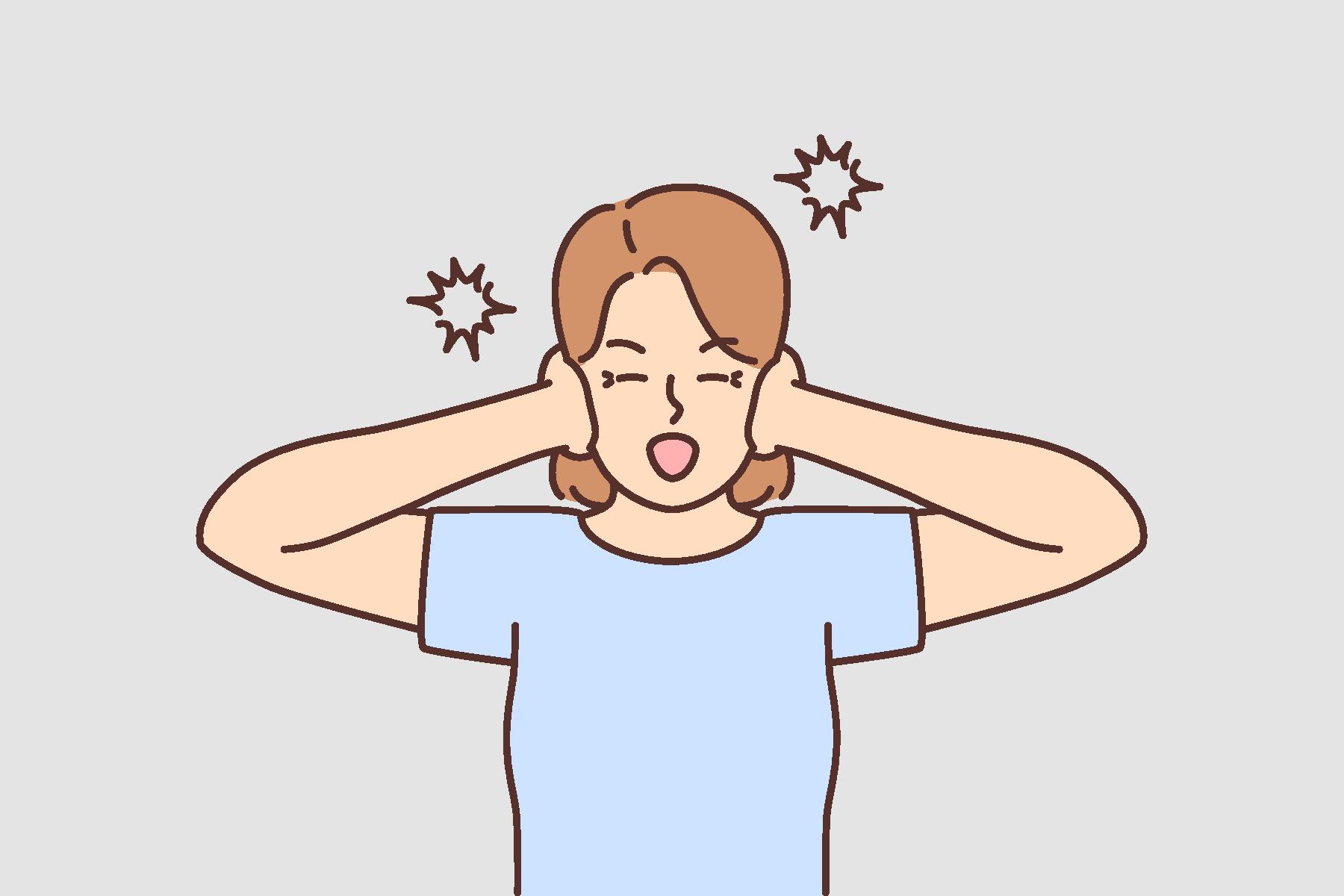What is it Like to Have Autism

Have you ever looked at your autistic child and wondered how they experience the world?
In this article we are going to show you the technology that is helping neurotypical people get a better understanding of autism by walking a mile in an autistic child’s shoes.
But first let’s explore how children with autism experience the world.
The challenges children with autism face
Autism is a neurodevelopmental disorder that affects social interaction, communication, and behavior. It is a spectrum disorder, which means that the symptoms and severity can vary widely from person to person.
One of the main challenges that children with autism face is difficulty with social interactions. Children with autism may have trouble understanding and responding to social cues, such as facial expressions, tone of voice, and body language.
They may also have difficulty initiating and maintaining conversations, and may prefer to be alone rather than interacting with others. This can make it difficult for them to form friendships and connections with their peers, which can lead to feelings of isolation and loneliness.
Another challenge that children with autism face is difficulty with communication. Some children with autism may be nonverbal or have delayed language development, which can make it difficult for them to express their thoughts and needs.
Even children with good language skills may have trouble understanding and using language in a socially appropriate way. This can lead to frustration and difficulty in understanding the perspective of others, which can affect their ability to form relationships and engage in social interactions.
A third challenge that children with autism face is difficulty with sensory processing. Children with autism may be more sensitive to certain stimuli, such as bright lights, loud noises, or certain textures, which can make it difficult for them to function in certain environments.
They may also have difficulty filtering out background noise or visual distractions, which can make it difficult for them to focus on tasks or engage in activities.
Now if you have a child with autism none of these challenges are too surprising. But if you want to try to experience the world from your autistic child’s eyes you are going to need some help.
How technology can help you experience what is it like to have autism
With the widespread use of VR and video technology, parents now have the ability to feel what it would be like to have autism. Here are some videos and simulators to try if you want to better understand the autism experience.
The Autism Simulator is designed for educational institutions, organizations, medical and therapeutic professionals, companies, family members, or simply anyone who wants to understand autism.
The Autism Simulator invites you into the sensory world of an autistic individual. Through a virtual reality headset, you’ll experience with full intensity how hypersensitivity, sensory overload, and synesthesia feel.
The ability to experience sounds, lights, patterns, and disturbing elements, as autistic individuals do, shapes the revealing insight into their daily experiences.
National Autistic Society Autism TMI Virtual Reality Experience
This virtual reality experience was created in collaboration with autistic adults and children. So you can feel every single sight, every single sound, every single stare they endure on a simple trip to the shopping center as a child with autism. So stay calm, take a breath and make sure your headphones are plugged in.
Turning understanding into empathy
Now that you have a better understanding of what children with autism go through, here’s how you can turn your understanding to empathy.
- Be patient and understanding when your child is struggling in social situations.
- Avoid getting frustrated or upset, when they are acting out or having a meltdown.
- Be flexible in your approach to communication, and be open to using other forms of communication like sign language or picture cards.
- Be aware of sensory sensitivities such as bright lights and loud noises.
- Respect their boundaries and give them space and time to process information and respond.
- Be mindful of their needs and try to make them feel comfortable and safe.
- Show interest in their likes and dislikes and make an effort to engage with them in activities they enjoy.
- Show genuine empathy and kindness, be a good listener and be there for them when they need you.
Conclusion
We hope this article helped you get a better understanding of what it is like to live with autism. If there is another topic that you would like us to cover, leave a comment below.